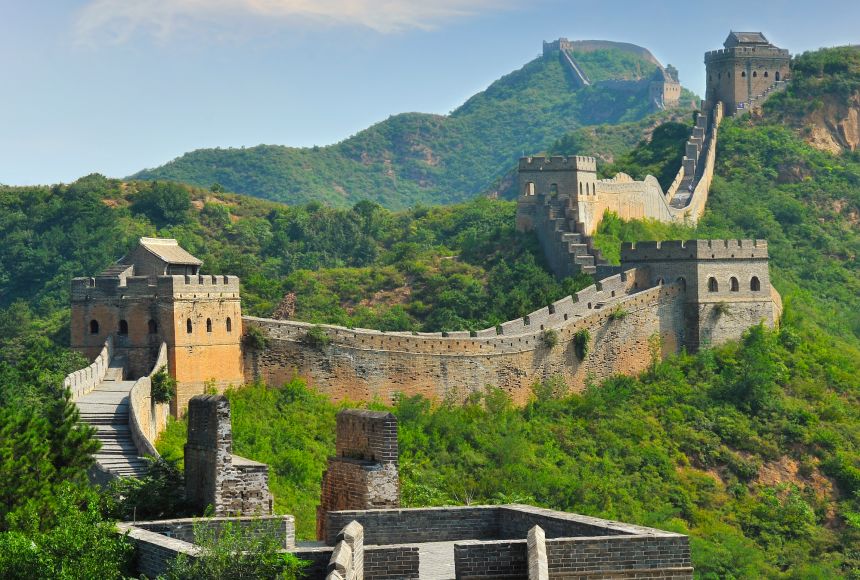What are the names in the Pig family?
Porka, Norge, Mommy, and Daddy.
Why are they in a creepy building?
What characters are introduced in this episode?
Gilbert and ???.
Where are they?
I the conservatory! (Bean's home!)
What is the fire person's name?
Fierem.
Who is in the basement?
Vulcrie, Salt, and Pepper.
Who has a headache?
Benard.
What does Gilbert think of Bean's name?
That it's bad.
What main character member is added?
Almony.
What is the thoodle's name?
Marshall.
What does Vulcrie pretend to be to annoy Pepper?
What main crew member is introduced in episode two?
Pebble.
What do Pebble and Vulcrie do to the map?
They burn it.
What places did Benard go to for food?
'Dohnut Bros.' and 'Coffee Bros.'.
What is Pebble to Vulcrie?
The baby of the group.
What does Vulcrie cook to in episode one.
Rordan Gamsey's Heaven's Kitchen.
Who is the baddy-bad-badity-bad guy of this episode?
The chemist.
What is Bean's flashback about?
His uncle dying.
Is there a character introduced at the end of the episode?
Kind of.
What does FBCCC stand for?
RANDOM QUESTION 1: What is Benard's favorite kind of coffee?
Booberry Cobbler from Kello Cafe.
RANDOM QUESTION 2: How long has Pebble been around?
About 8,000 years old.
RANDOM QUESTION 3: How tall is the CCCCL?
~Unclear!~
RANDOM QUESTION 4: Who is Potato Shlumm?
Emily Shlumm's dad. (He is wasn't happy.)
RANDOM QUESTION 5: How do you make spaghette?
ENCYCLOPEDIC ENTRY
The Great Wall of China
The Great Wall of China was built over centuries by China’s emperors to protect their territory. Today, it stretches for thousands of miles along China’s historic northern border.
Grades
5 - 8
Subjects
Anthropology, Geography, Human Geography, Social Studies, Ancient Civilizations, World History
Image
The Great Wall of ChinaThe Great Wall of China is one of the most notorious structures in the entire world. The Jinshanling section in Hebei Province, China, pictured here, is only a small part of the wall that stretches over 4,000 kilometers (2,500 miles).
Photograph by Hung Chung Chih

The one thing most people “know” about the Great Wall of China—that it is one of the only man-made structures visible from space—is not actually true. Since the wall looks a lot like the stone and soil that surround it, it is difficult to discern with the human eye even from low Earth orbit, and is difficult to make out in most orbital photos. However, this does not detract from the wonder of this astounding ancient structure.
For millennia, Chinese leaders instituted wall-building projects to protect the land from northern, nomadic invaders. One surviving section of such an ancient wall, in the Shandong province, is made of hard-packed soil called “rammed earth” and is estimated to be 2,500 years old. For centuries during the Warring States Period, before China was unified into one nation, such walls defended the borders.
Around 220 B.C.E., Qin Shi Huang, also called the First Emperor, united China. He masterminded the process of uniting the existing walls into one. At that time, rammed earth and wood made up most of the wall. Emperor after emperor strengthened and extended the wall, often with the aim of keeping out the northern invaders. In some places, the wall was constructed of brick. Elsewhere, quarried granite or even marble blocks were used. The wall was continuously brought up to date as building techniques advanced.
Zhu Yuanzhang, who became the Hongwu Emperor, took power in 1368 C.E. He founded the Ming Dynasty, famous for its achievements in the arts of ceramics and painting. The Ming emperors improved the wall with watchtowers and platforms. Most of the familiar images of the wall show Ming-era construction in the stone. Depending on how the wall is measured, it stretches somewhere between 4,000 and 5,500 kilometers (2,500 and 3,400 miles).
In the 17th century, the Manchu emperors extended Chinese rule into Inner Mongolia, making the wall less important as a defense. However, it has retained its importance as a symbol of Chinese identity and culture. Countless visitors view the wall every year. It may not be clearly visible from space, but it is considered “an absolute masterpiece” here on Earth.